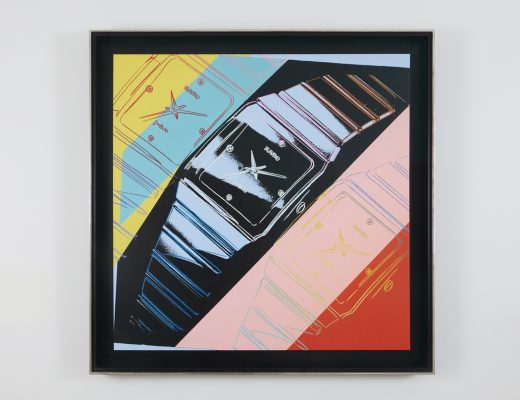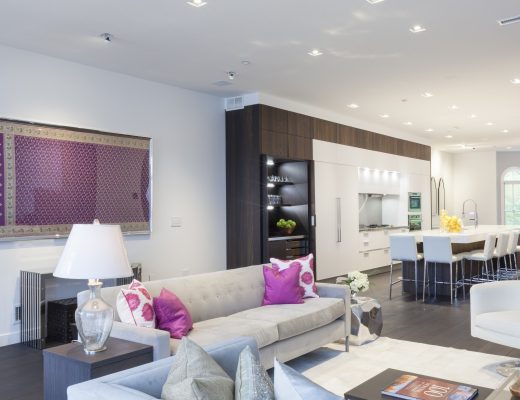Julian and his wife, Mana, a fashion designer, chose the 3,500 sq ft, five-storey house they have now been living in for 18 months for its stunning views over the country park, Plover Cove Reservoir and the South China Sea.
“It is a famous feng shui area because you can see three ‘dishes’ of water – the reservoir and the sea on either side of an island – which is a sign of very good fortune. There are green mountain views and we can also see the Kwun Yum [statue] from our rooftop on a clear day,” says Chan. “I love it because we are so close to nature – you can hear the birds sing during the day and the insects whistling at night. One of our priorities was the private glass-fronted terrace [with water wall] so we could take advantage of our natural environment.”
The Chans enlisted friend and interior architect Pal Pang of Another Design International, to help them renovate their new four-bedroom, four-bathroom home. While some people might caution against working with friends, Pang enjoyed this personal aspect. Having known Chan for years, Pang was familiar with his tastes and lifestyle and understood that he wanted somewhere to entertain friends as well as relax in. However, they both had so many evolving ideas that the concept design meetings took almost as much time as the actual renovation.
“In Hong Kong, many clients simply pay the design fee and then leave everything up to the designer,” Pang says. “Which is fine but I believe that design is a process and I prefer it to be more human and collaborative. How you communicate ideas and reach a result step by step – that’s the fun part.”
The Chans’ fashion sense informed the creative textures and colours throughout the home. Metallics, for example, dominate the dining room. A gold-inlaid pendant light matches the art deco-esque fabric on the dining chairs. Smokey bronze tiles, which Julian and his teenage daughter found in Ikea and arranged themselves, mirror the hexagonal-effect gold wallpaper.
In Mana’s bedroom (the couple prefer separate rooms because Julian snores), two blocks of her favourite colour, purple – a textured rug on the wall behind the bed and a lighter fitted carpet – make for a bold design statement. Her dramatic, feminine space contrasts with Julian’s, which is masculine, minimal and monochrome.
“The overall design scheme is neutral but every room has its own character, which is very important,” says Pang. “Because this house is such a huge space, the design opportunities were almost unlimited and if we had used only one style throughout, it would have looked boring.”
Although most of the furniture was bought specifically to fit into the Chans’ new home, Pang advised them against overbuying before they had been in residence for some time.
“With so much space, we could easily have added an extra console in the dining room, for example, or another small sofa in the living room but I didn’t want to clutter up the look,” says Pang. “You shouldn’t buy for the sake of buying. It is much better to buy when you either really like a piece or need it – and the latter only becomes apparent when you start using a space on a daily basis. ”
The entire project took a year to complete but even though the Chans were more than satisfied, Pang visited periodically for a further six months to make sure everything fitted with their lifestyle.
“Even now, we are making changes, such as finding that a certain wall needs a piece of art,” he says. “I guess you could call it a work in progress.”






